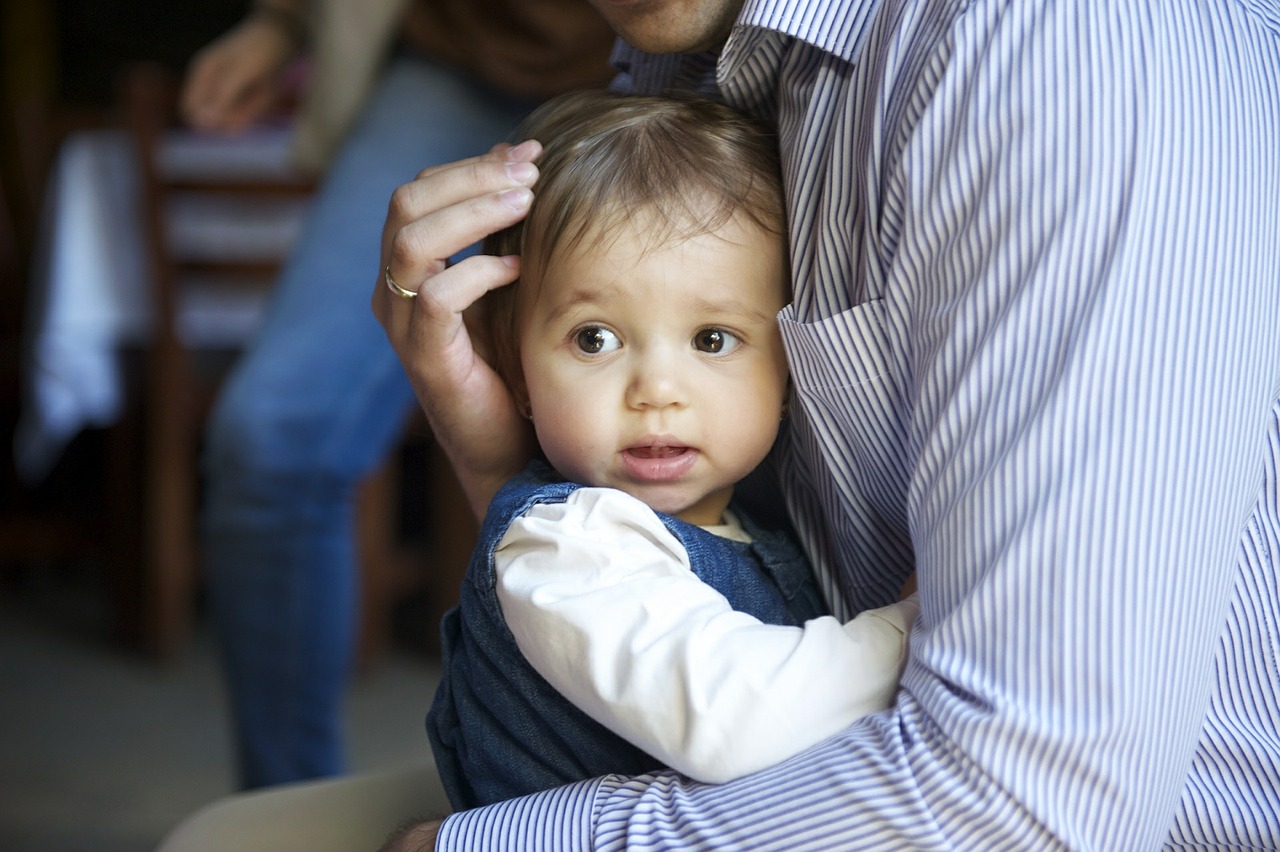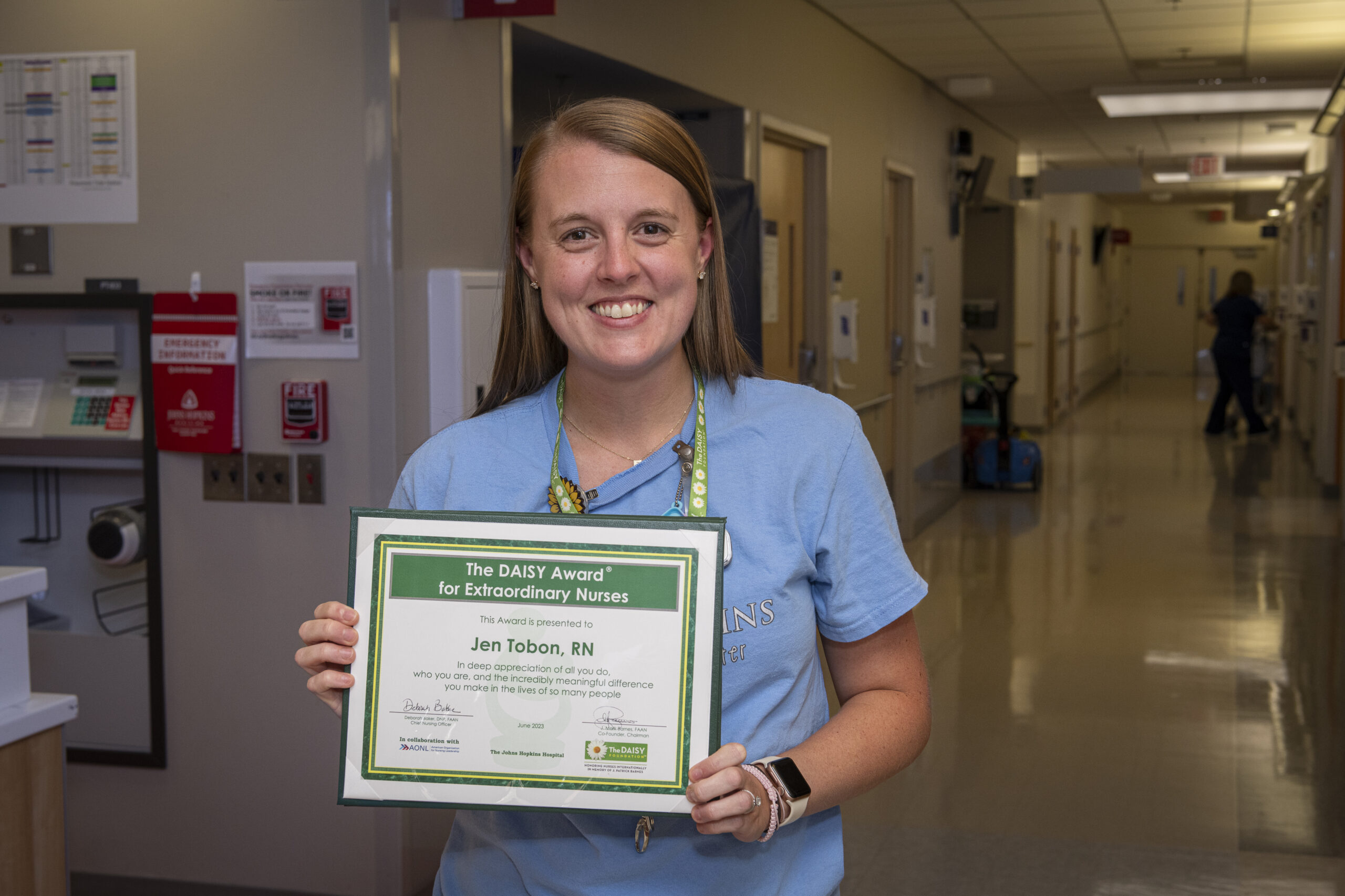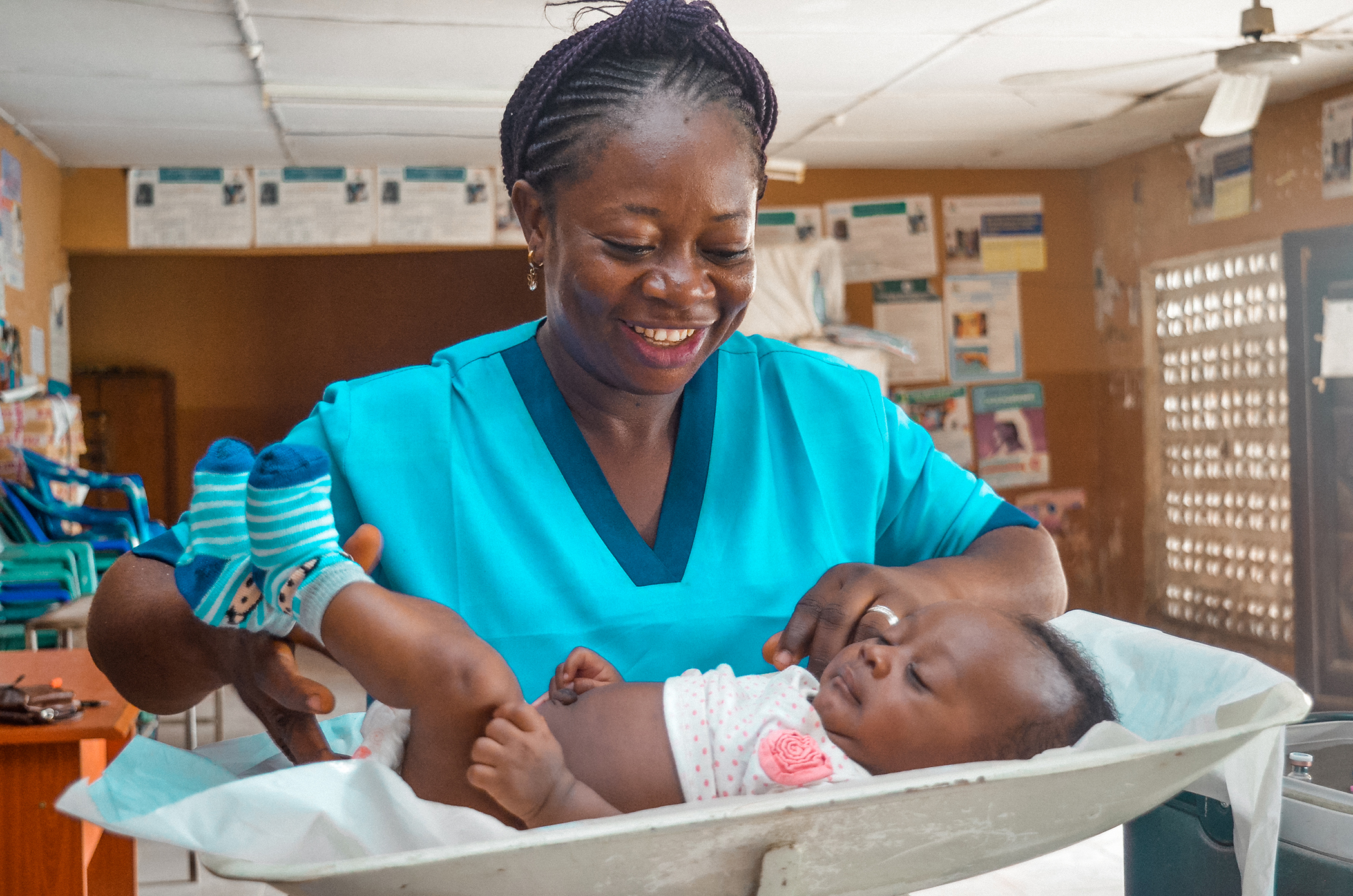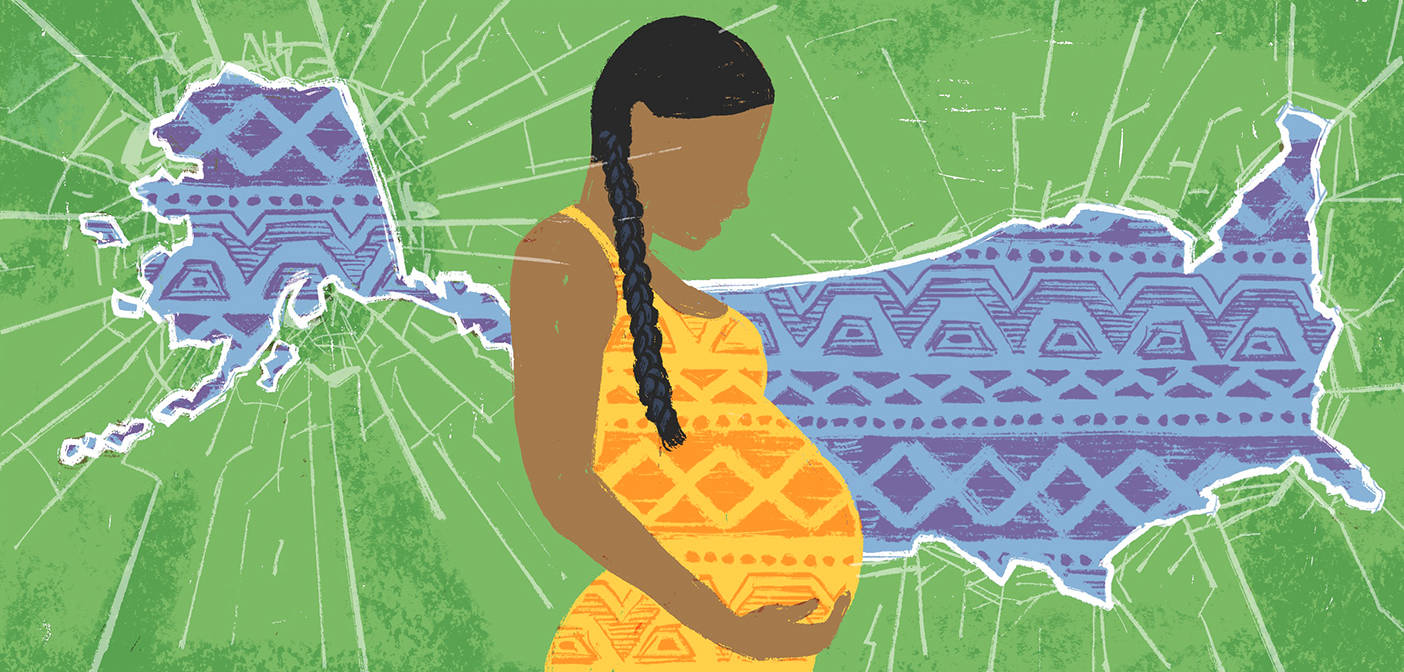I know the stress of parenthood—my three little boys ages 3, 6 and 9 push the limits of my patience on a daily basis. What I do not know is the stress of single parenthood, the stress of parenting a child with a disability, the stress of poverty, the stress of living with a substance use disorder, the stress of mental illness, or the stress of intimate partner violence. I imagine that any one of these, much less several of them, would make the job of parenting exponentially more difficult.
Children whose parents experience these and other stressors are at an increased risk for abuse and neglect. In 2014, there were 702,000 maltreated children in the United States. A recent nationwide survey found that a majority of Americans believe child abuse and neglect is a major public health problem across the country and in their local communities. Respondents also said it was important to increase funding for research on child abuse and neglect. In light of this support, we should highlight evidence-based interventions that show promise in the prevention of child maltreatment so that research and funding can be expanded.
One such intervention is the Maternal, Infant, and Early Childhood Home Visiting (MIECHV) program. Home visiting programs aim to serve families facing a range of stressors in order to mitigate the effects. The program was authorized by the Affordable Care Act of 2010 and funded with $1.5 billion dollars over 5 years to conduct evidence-based home visiting in at-risk communities across the country. Since then, it has been continuously funded and is being implemented across all 50 states, DC, and U.S. territories.
There are currently 18 evidence-based models of home visiting eligible for federal funding. In these programs, services are typically delivered in the home by a nurse, social worker, or paraprofessional. Interventions begin either during pregnancy or in the postpartum period and continue until the child is between 2 and 5 years old. Programs provide health education, social support, and referral to additional community services and resources. They are designed to assist the parent to promote child development, school readiness, positive parent-child interactions, overall maternal and child health, and economic stability. Importantly, several of these home visiting programs have assessed and found evidence for a reduction in child maltreatment.
While maternal, infant, and early childhood home visiting programs are a promising approach to preventing child maltreatment, work remains. More of the programs need to conduct research to examine the program’s impact on child maltreatment. Research is also needed to identify the key ingredients of home visiting that differentiate what works, for whom, and in what contexts so we can customize child maltreatment interventions for different groups. And it is imperative that nurses, parents, and other health and social service professionals stand up and make their voices heard. We must advocate for the annual reauthorization and expansion of the Maternal, Infant, and Early Childhood Home Visiting program’s funding to ensure that parents and families receive the support they need.
ABOUT THE AUTHOR
 Kelly Bower combines her love of public health nursing and teaching to the benefit of the Johns Hopkins School of Nursing. In clinical and lab courses and as coordinator of the school’s Public Health Nurse course, she is opening the eyes and minds of nursing students to population-based clinical practice, particularly among at-risk populations.
Kelly Bower combines her love of public health nursing and teaching to the benefit of the Johns Hopkins School of Nursing. In clinical and lab courses and as coordinator of the school’s Public Health Nurse course, she is opening the eyes and minds of nursing students to population-based clinical practice, particularly among at-risk populations.

 JHSON Highlights
JHSON Highlights Psych PhD Candidate Guides Families Full Circle
Psych PhD Candidate Guides Families Full Circle DAISY Awards Fall 2023
DAISY Awards Fall 2023 Nurse Edith Brings Primary Health Care to Everyone in Rural Nigeria
Nurse Edith Brings Primary Health Care to Everyone in Rural Nigeria Heart Health in Native Populations
Heart Health in Native Populations







